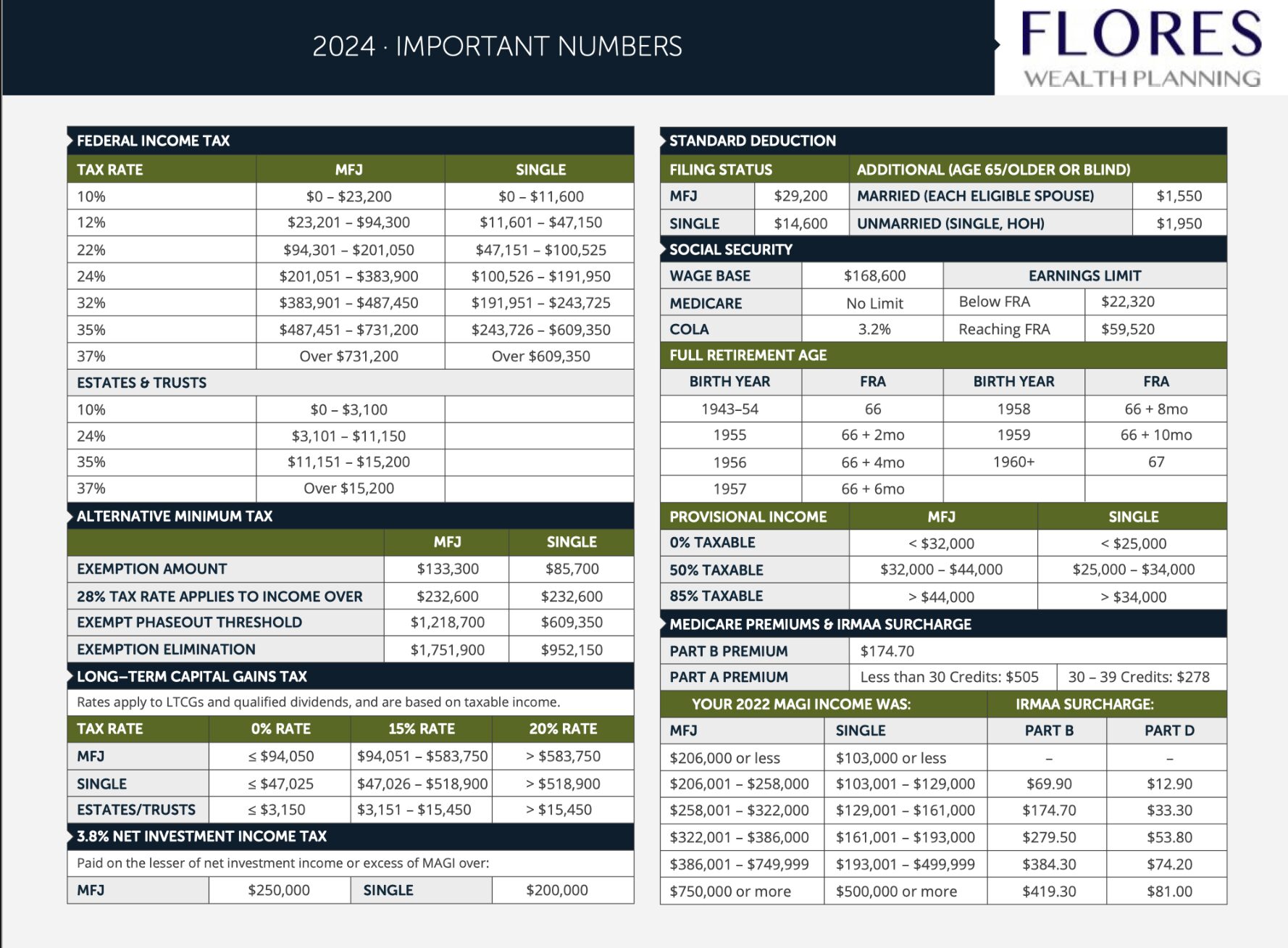You might be considering taking out a loan from your 401k. But before you do, you should know the rules and weigh the risks against the benefits. Because not knowing the rules and understanding the risks might hurt you and your retirement in the long-term.
Consider this for a second:
Most of us simply do not have enough in our 401k where we can afford to borrow. According to Fidelity Investments, the average 401k balance was approximately $91,000. And while that is a lot of money, it won’t cover the average retiree’s health-care costs. Fidelity projects that a 65-year-old couple retiring in 2020 will incur an average of $295,000 in retirement healthcare costs excluding long-term care.
Before you take out that 401k loan, know this:
According to the IRS: the maximum amount that the plan can permit as a loan is (1) the greater of $10,000 or 50% of your vested account balance, or (2) $50,000, whichever is less. For example, if a participant has an account balance of $40,000, the maximum amount they can borrow from the account is $20,000. For 2020, the CARES Act provides for expanded distribution options and favorable tax treatment for up to $100,000 of coronavirus-related distributions from eligible retirement plans (certain employer retirement plans, such as section 401(k) and 403(b) plans, and IRAs) to qualified individuals, as well as special rollover rules with respect to such distributions. It also increases the limit on the amount a qualified individual may borrow from an eligible retirement plan (not including an IRA) and permits a plan sponsor to provide qualified individuals up to an additional year to repay their plan loans.
Weighing the options
The benefits:
When you pay the loan back, you are paying interest to yourself because you act as your own bank. The interest goes back into your account.
As long as the interest rate equals or exceeds the rate of return you are earning on the unborrowed portion, you are not completely hindering the long-term growth of the account. Usually, the interest rate is 1-2%, whereas what you are earning on the unborrowed portion is hopefully much higher.
The risks:
You lose out on tax efficiency because loans are repaid with after-tax dollars. In other words, someone in the 25% tax bracket would need to earn $125 to repay $100 of the loan. Then your 401k money is taxed again when withdrawn in retirement, so if you took out a loan, you are subjecting yourself to double-taxation.
You suffer a pretty large opportunity cost because you miss out on any compound growth that your investment would have earned in the market. And if you are taking out a loan, likely, you will either stop contributing to your 401k altogether (or reduce your contributions), so that you miss out on market appreciation even more.
The interest portion of loan repayments usually is not tax-deductible.
These loans have limits and are usually short term.
Amounts not repaid on time will be viewed as taxable withdrawals by the IRS and may be subject to penalties.
If you leave the company, your employer may demand full repayment within 60 days, and you might owe taxes and penalties on the unpaid balance.
The Choice is Yours
While the choice is yours, you should also know borrowing from your 401k can be a slippery slope. According to Fidelity, an analysis of 401k investors showed that 1 out of 2 first-time 401k borrowers went on to take additional loans. And from a financial advisor’s perspective, treating your 401k like a check-book is a bad idea.
So, if you need to borrow, please consider all credit sources available to you and select the source best suited to your needs. Tapping into your 401k plan might make sense as a last resort, but consider all your options first.
Call me to discuss.
Copyright © 2020 RSW Publishing. All rights reserved. Distributed by Financial Media Exchange.


